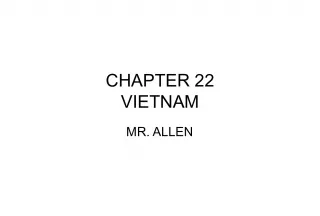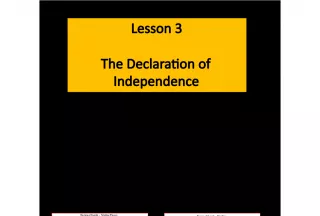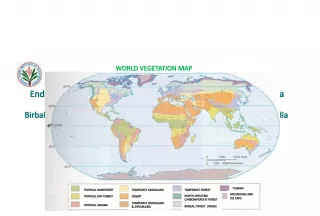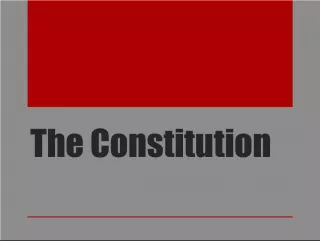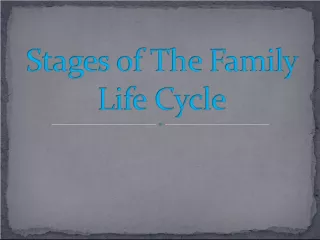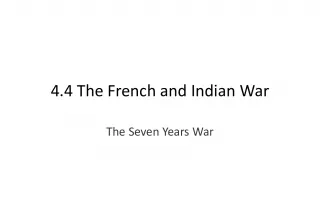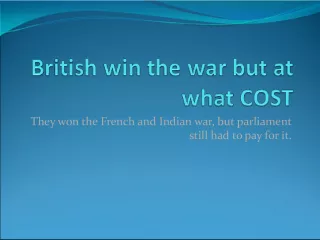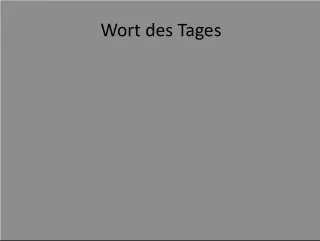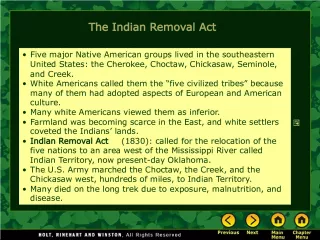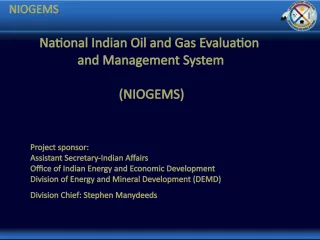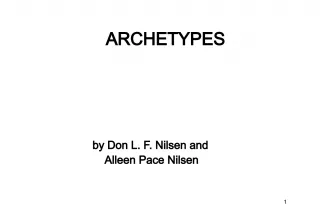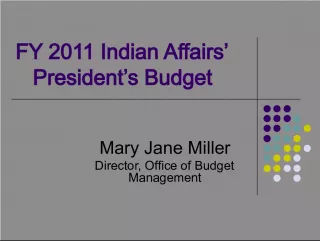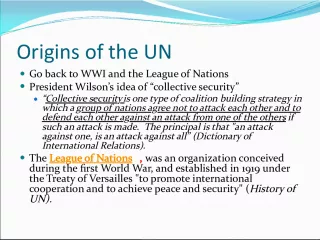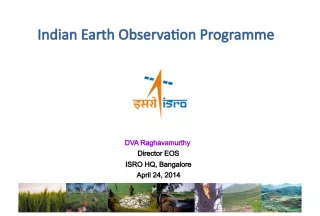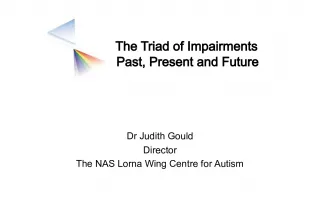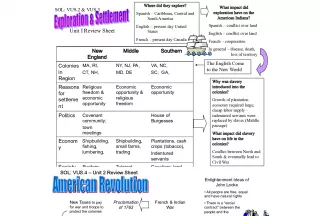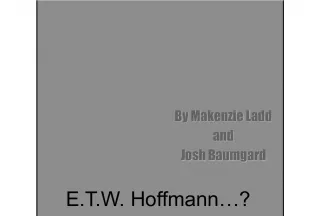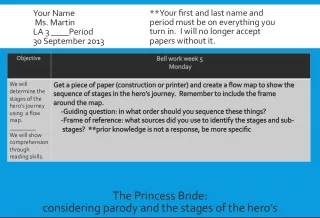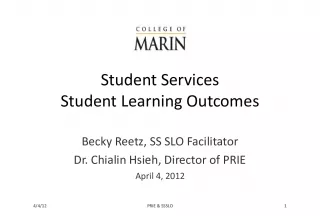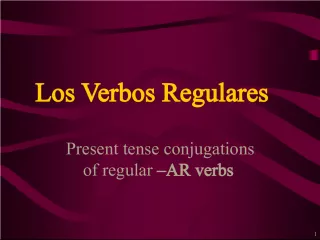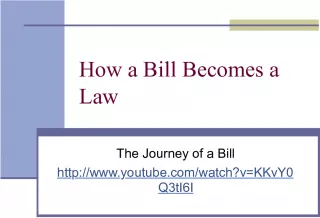The Turbulent Journey of Indian Independence and Decolonization 1945-Present


This article explores the tumultuous journey of India towards independence and decolonization from 1945 to the present. In 1947,
- Uploaded on | 1 Views
-
 aubreewhite
aubreewhite
About The Turbulent Journey of Indian Independence and Decolonization 1945-Present
PowerPoint presentation about 'The Turbulent Journey of Indian Independence and Decolonization 1945-Present'. This presentation describes the topic on This article explores the tumultuous journey of India towards independence and decolonization from 1945 to the present. In 1947,. The key topics included in this slideshow are . Download this presentation absolutely free.
Presentation Transcript
Slide1Decolonization(1945-Present)
Slide4Indian Independence - 1947• The partition set off mass migrations of Muslims fleeing India and Hindus fleeing Pakistan – millions were killed crossing the borders (even Gandhi was assassinated by an extremist) • Jawaharlal Nehru became 1 st P.M. of world’s largest democracy in 1947 Indira Gandhi , Nehru’s daughter, P.M. (1966 - assassinated) Rajiv Gandhi P.M. (1984 - assassinated in 1991) • Followed policy of nonalignment during the Cold War • Bangladesh split from W. Pakistan in 1971 due to economic & cultural differences
Slide5Obstacles to Progress in IndiaIndustrial Growth Social Equality Produce enough food GOALS OBSTACLES • Lack of oil & natural gas • Attempt to follow socialist model • Hindu caste system • Less education for women & poor • Ethnic & religious prejudices • High cost of farm equipment • Rapid population growth • Floods & drought
Slide7The Philippines – July 4, 1946• US gave $600 million in war damages, but demanded lease of military bases (gave up in 1991) & free trade for 8 years • 1966-1986 Ferdinand Marcos was President – imposed martial law from 1972-1981 to stay in power • 1986 lost election (begrudgingly) to Corazon Aquino • 1995 - $475 million stolen by Marcos was recovered from Swiss banks
Slide10The Gold Coast Ghana - 1957 • British colony • Kwame Nkrumah , American- educated independence leader, used strikes & boycotts • Nkrumah became P.M. in 1957 • 1963, Nkrumah created OAU, Organization of African Unity to promote Pan-Africanism • 1966 – military coup (argued that Nkrumah wasn’t focused on Ghana)
Slide11Kenya - 1963• British colony • Jomo Kenyatta , British educated independence leader, spoke for Kikuyu people (farmers) • Secret society, Mau Mau , used violence to frighten white farmers Kenyatta imprisoned • 1963 Kenyatta 1 st President economy was strong until 1978 when he died & weak leadership followed
Slide12Algeria - 1962• French colony • 1954 - Algerian National Liberation Front, FLN , started to fight for independence thousands dead • De Gaulle back in power in France in 1958 & decided Algeria couldn’t be held • 1962, Ahmed Ben Bella named 1 st P.M. • 1965 struggles for democracy between military coups & Islamic Salvation Front ( FIS ) in a civil war
Slide13Arab-Israeli Conflict
Slide14Sykes-Picot Agreement 1916• Secret Agreement between France & Britain • Defined the spheres of influence that France & Britain would have over Ottoman land after WWI
Slide15The Balfour DeclarationForeign Office November 2nd, 1917 Dear Lord Rothschild: I have much pleasure in conveying to you on behalf of His Majesty's Government, the following declaration of sympathy with Jewish Zionist aspirations which has been submitted to, and approved by, the Cabinet: His Majesty's Government view with favor the establishment in Palestine of a national home for the Jewish people, and will use their best endeavors to facilitate the achievement of this object, it being clearly understood that nothing shall be done which may prejudice the civil and religious rights of existing non-Jewish communities in Palestine, or the rights and political status enjoyed by Jews in any other country. I should be grateful if you would bring this declaration to the knowledge of the Zionist Federation. Yours, Arthur James Balfour
Slide16Post–WWI Reality
Slide17Inter-War Period• Arabs felt betrayed by the West after promised & denied independence • Balfour Declaration led to a commitment by Britain to a national homeland for Jews in Palestine (but the Palestinians were there) and furthered the Zionist movement begun in the late 19 th century • At first, Arabs welcomed economic boost, but when Jews began to clear the land of Arab tenants & refused to hire Palestinian workers conflict
Slide18Post-WWII• After the holocaust, Jewish migration to Israel, conflict w/ Palestinians & world-wide sympathy led to Britain referring the Palestinian issue it created to the U.N. • 1947 – U.N. called for a partition of Palestine w/ Jerusalem as an international city (Jews got 55% land while only 34% of the population) Palestine & Islamic countries voted against, but Jews voted for • May 14, 1948 – Israel independent w/ David Ben Gurion as P.M.
Slide20CO N F L I C T 1948-1949 The day after independence, Egypt, Iraq, Jordan, Lebanon, Saudi Arabia & Syria invaded Israel • Israel seized ½ Palestinian land • Egypt Gaza Strip • Jordan West Bank • Palestinians no land (refugees) 1956 Suez Crisis Gamal Abdel Nasser, Egyptian President, nationalized the Suez Canal Britain, France & Israel invaded Egypt & took the Canal • Pressure by U.S. & U.S.S.R. forced Israel to withdraw Egypt in charge of Canal 1967 Six-Day War Nasser moved to close off the Gulf of Aqaba Israel attacked Egypt, Iran, Jordan & Syria • Israel Sinai Peninsula (incl. Gaza Strip), Golan Heights, West Bank & Old Jerusalem 1973 Anwar Sadat (Nasser’s successor) led surprise Arab attack on Yom Kippur & Golda Meir (Israeli P.M.) launched counterattack • Truce was signed, but no peace treaty
Slide231956 Suez Crisis1967 Six-Day War
Slide24After the 1973 War
Slide25PE A C E ? November 1977 In Jerusalem, Sadat offered peace to Israel in exchange for withdrawal from 1967 War territories & recognize Palestinians’ rights • 1978 U.S. Pres. Carter invited Sadat & Menachem Begin (Israeli P.M.) to Camp David • 1979 Camp David Accords • World praised Sadat, but Muslim extremists assassinated him 1981 • 1982 Israel withdrew from Sinai 1970s & 1980s Palestinian Liberation Organization (PLO) formed under Yasir Arafat Campaign of civil disobedience (intifada) influenced world opinion • October 1991, Israeli & Palestinian delegates met for the first time in peace talks 1993 Declaration of Principles (peace talks at Oslo, Norway) • Yitzak Rabin (Israeli P.M.) agreed to give Palestinians self-rule in the Gaza Strip & West Bank • 1993 Rabin & Arafat signed at the White House in D.C. • 1995 Rabin assassinated
Slide26Israeli Settlements
Slide27Will Recent Events Lead to Peace?• 2000 - negotiations for a final settlement (at Camp David) ended in deadlock – each side blaming the other • 2 nd Intifada - violence resumed after Ariel Sharon (then General) visited the temple mount • 2002 – Saudi proposal for peace was adopted by the Arab League & became U.N. Resolution 1397 (1 st time Arab countries called for a Palestine alongside Israel) – Israel rejected it • Suicide bombings & resultant Israeli occupation continues to hinder peace
Slide29Israel’s Security Barrier(a.k.a. “Security Fence” or “Apartheid Wall”)
Slide33Recent Event Peace? (cont.) • 2004 – Syria tried to renew peace treaty talks w/ Israel from 1967, but has met cool reception • November 11, 2004 - Yasser Arafat died Mahmoud Abbas became Palestinian leader • 2005 – Sharm El Sheikh Conference – both sides agreed to end violence & Israel’s Knesset approved Disengagement Plan (withdrawal of 24 settlements) • Nevertheless violence continued • 2006 – Ariel Sharon suffered massive stroke Ehud Olmert now Israeli P.M. • 2006 – Hamas (organization w/ terrorist ties) won election in Palestinian legislature (Abbas still President)
